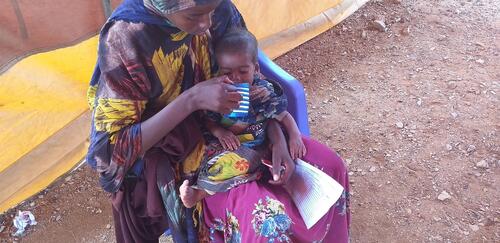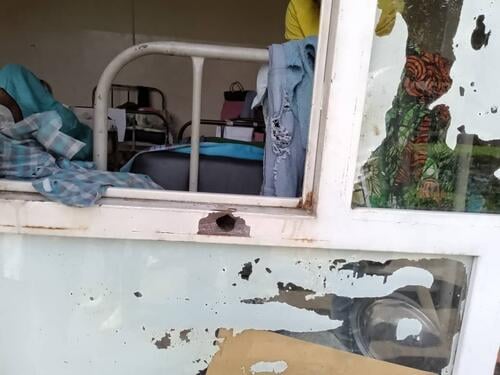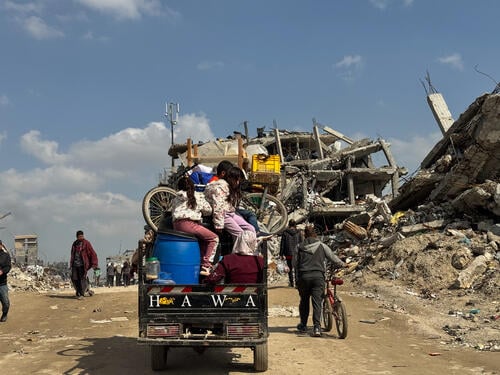As Somalia approaches a fifth consecutive rainy season forecasted to fail, Médecins Sans Frontières (MSF) teams have been increasing our nutrition programmes to meet the significant increase of acutely malnourished children in Baidoa city, in South West state.
The area is badly affected by an unrelenting drought, the worst in 40 years, amidst a decades-long conflict, continuing insecurity, and an inadequate humanitarian response.
Here are five things you need to know about drought, malnutrition and disease outbreaks in Baidoa...
1. Baidoa hosts the second-largest displaced population in Somalia
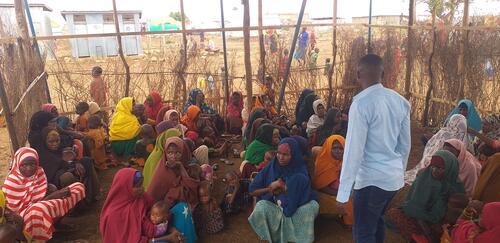
Between January and August 2022, more than 200,000 people arrived in Baidoa. This is in addition to the approximately 600,000 people living in the city.[1] According to the International Organisation of Migration (IOM)/ Camp Management and Camp Coordination (CCCM) cluster After the capital Mogadishu, Baidoa now hosts the second-largest number of displaced people.
We are working in Baidoa, where our emergency nutrition, measles and cholera response teams serve an estimated 20 per cent of the city’s people.
2. MSF sees 500 acutely malnourished children a week
Between January and August this year, MSF screened over 206,000 children across Somalia for malnutrition, finding 23,000 among them malnourished. Some are arriving at MSF nutrition programmes in a critical state.
In Baidoa, where we run 20 mobile nutrition clinics and 32 nutrition monitoring sites, medical teams treated more than 12,000 malnourished children in the first eight months of this year. In August, in just one week, we screened 955 children and admitted 761 to our nutrition programme, most of them from newly displaced families. We continue to see around 500 acutely malnourished children a week.
3. Drought and malnutrition intensify a dire health situation
Multi-seasonal drought has worsened the nutrition situation of people, but the protracted humanitarian crisis is continually driven by multiple factors. This includes Baidoa’s healthcare system, which is struggling to provide for the additional hundreds of thousands of displaced people.
Long-standing conflict, an inadequate humanitarian response, climate impacts, as well as rising food and fuel prices, also contribute to the precarious situation for people.
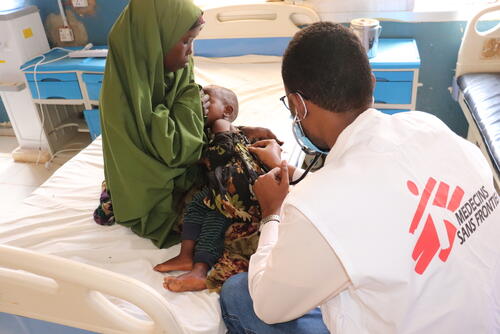
4. There’s a vicious cycle of malnutrition and deadly diseases
Malnutrition is exacerbated by infectious diseases, as a malnourished person is more susceptible to infection, and infection contributes to malnutrition.
Measles is endemic in Somalia, but in just the first six months of 2022, the country has reported double the number of measles cases for the whole of 2021. Between January and August 2022, our teams admitted over 5,460 children with measles in all our facilities in Somalia. In Baidoa, there is a new wave of measles; approximately 30 per cent of children we treat are older than age five and most are from newly arrived families.
In April, a cholera outbreak started in Baidoa. Between May and August, we recorded 14,112 cholera patients at our 15 oral rehydration points, and 989 were admitted to our cholera treatment centre.
In order to prevent the disease’s spread where displaced people have settled, we carried out water trucking, chlorination and borehole drilling to improve access to clean water. We also built 344 latrines, conducted health promotion activities and distributed essential items, including soap and jerrycans to 3,700 households.
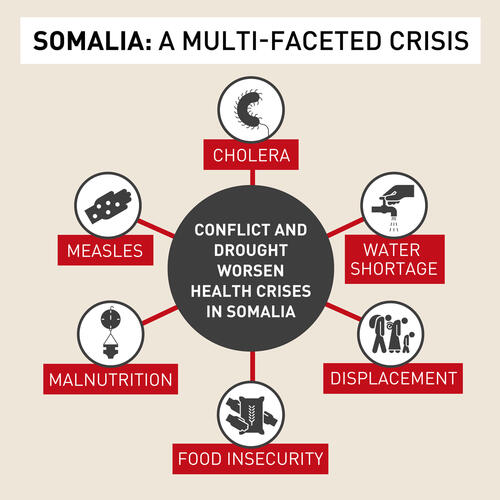
5. A swift, sustained and broad response can save more lives
In Somalia, insecurity remains an issue. Many places are difficult to access where people may be severely affected by drought, and where disease outbreaks and malnutrition are extremely likely.
It is crucial to meet medical needs as part of the humanitarian response to this crisis and include integrated nutrition programmes, measles vaccinations for children over 15 years, oral cholera vaccination, and community water and sanitation measures.



